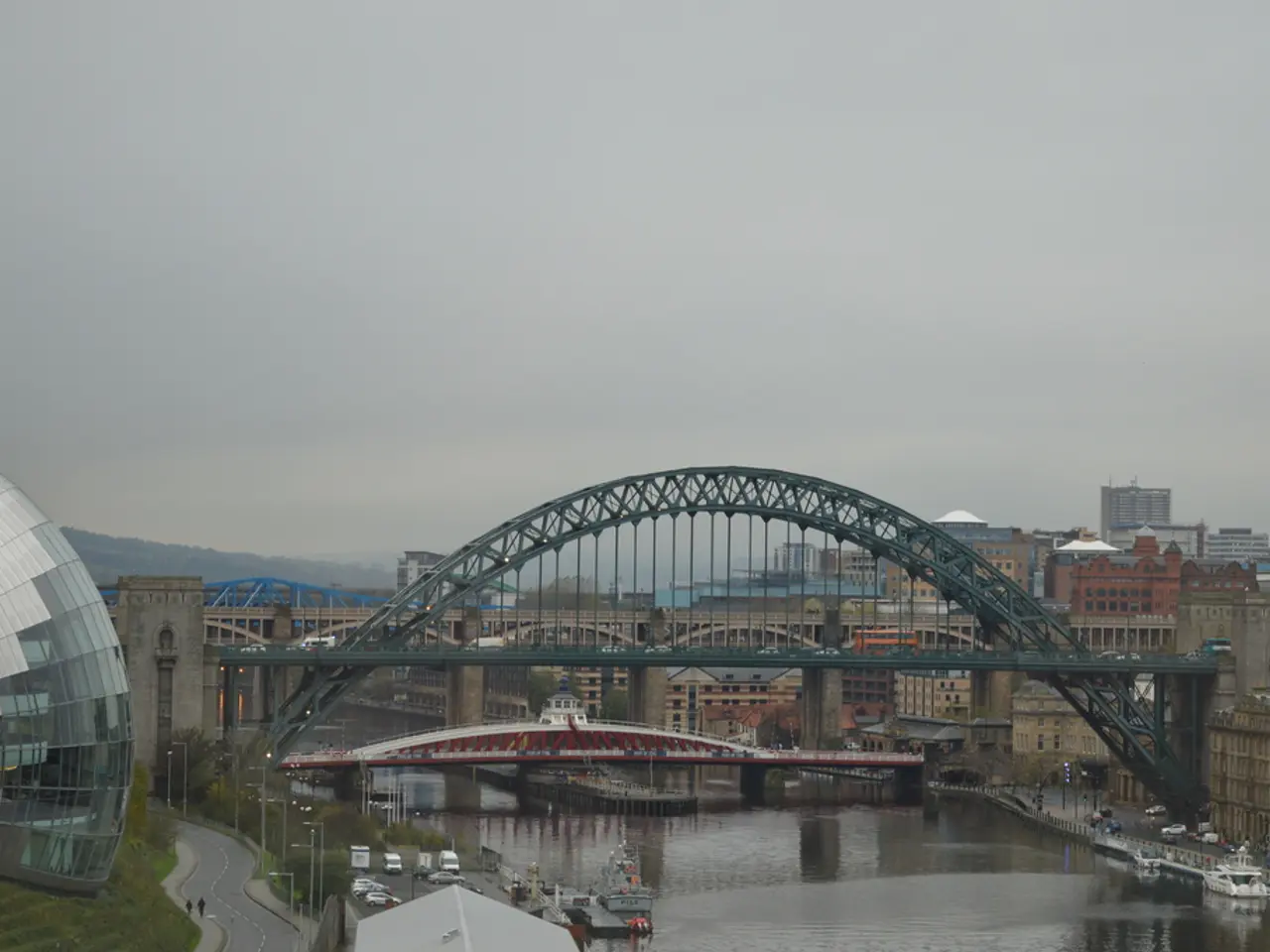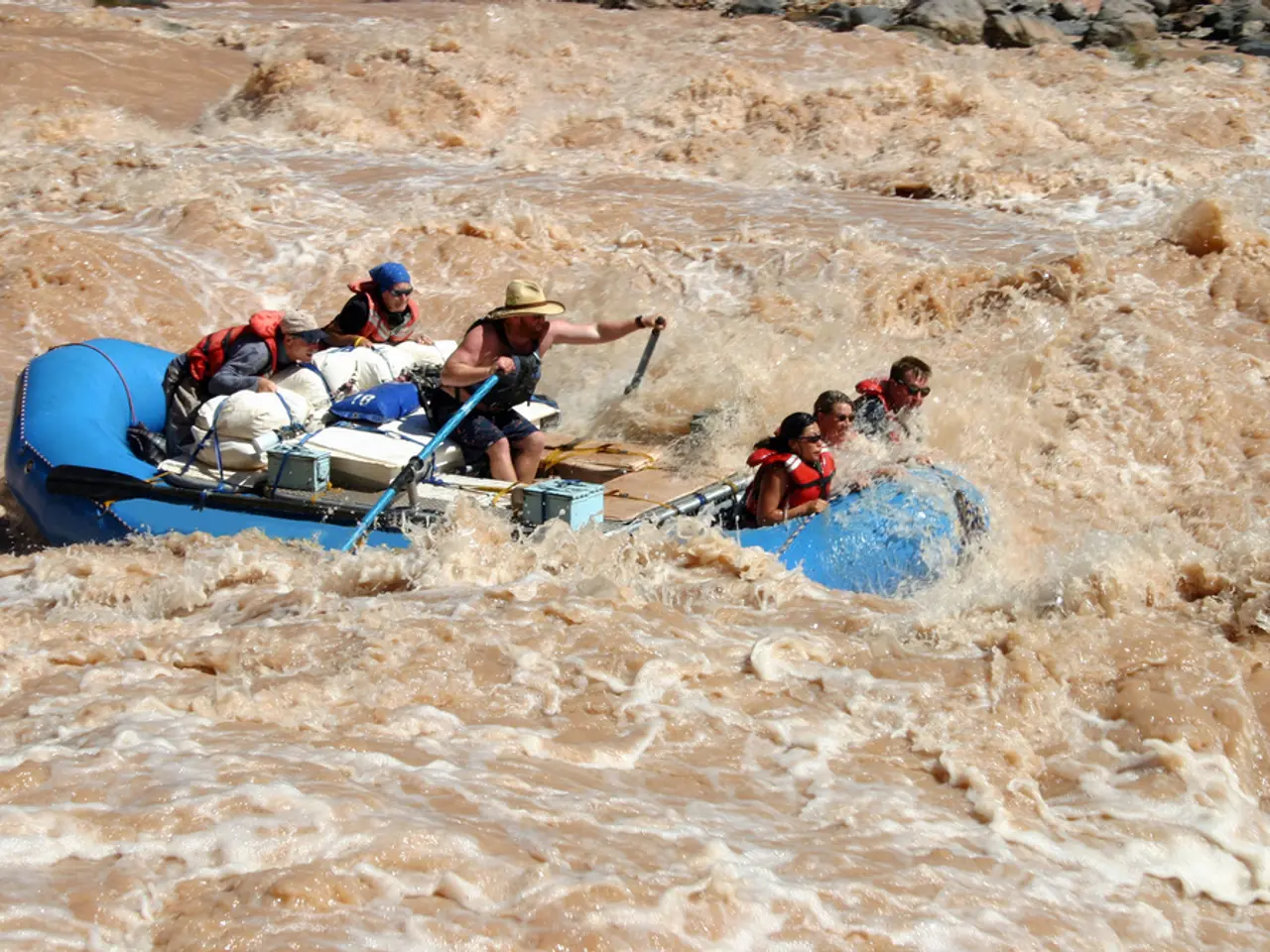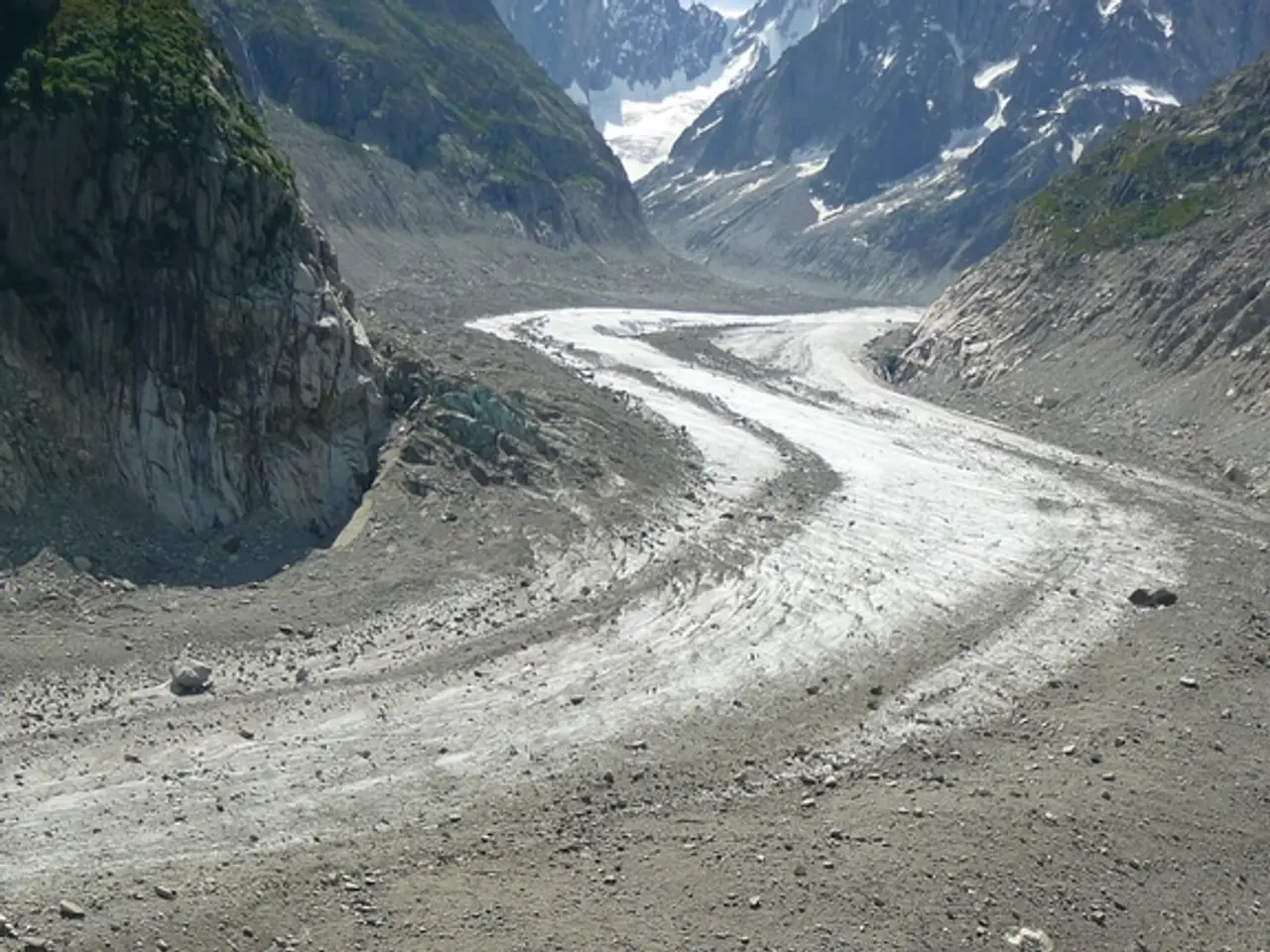Massive 8.8 earthquake occurring off the coast of Russia leads to generation of tsunamis in the Pacific region.
In a dramatic turn of events, a powerful 8.8 magnitude earthquake struck off Russia's remote Kamchatka peninsula on Wednesday, causing tsunami warnings across the Pacific. This earthquake, one of the 10 strongest ever recorded, was the strongest since 1952, according to regional seismic monitoring services.
The epicentre of the earthquake was similar to the 9.0 quake in 1952, which caused a destructive, Pacific-wide tsunami. Tsunamis up to four metres high were reported across the Pacific, with the US Tsunami Warning Centers warning of waves exceeding three metres along some coasts of Ecuador, northwestern Hawaiian islands, and Russia.
The impact of the tsunami was felt across various countries. In Japan, a woman was tragically killed in a car accident while evacuating, and a 1.3-metre high tsunami reached a port in the northern prefecture of Iwate. Tsunami advisories were issued for Chiba, Hokkaido, Aomori, Iwate, Miyagi, Fukushima, Ibaraki, and other coastal areas. While no major damage or casualties specifically linked to Chiba were reported, transportation disruptions occurred due to precautionary measures, including ferry, train, and airport suspensions in affected regions.
The tsunami hit and flooded the port town of Severo-Kurilsk, Russia, with the local fishing plant submerged. The population of around 2,000 people in Severo-Kurilsk was evacuated, and Pacific nation Palau ordered the evacuation of "all areas along the coastline."
Several people were injured in Russia by the quake, but none seriously. At least six aftershocks have occurred in the Russian Far East, including one of 6.9 magnitude and another of 6.3 magnitude. Workers at the stricken Fukushima nuclear plant in Japan were evacuated due to the earthquake.
Between one- and three-metre waves are possible along some coasts of Chile, Costa Rica, French Polynesia, Hawaii, Japan, and other islands in the Pacific. Waves of up to one metre are possible elsewhere, including Australia, Colombia, Mexico, New Zealand, Tonga, and Taiwan.
In response to the tsunami warnings, hotel resort workers in Taitung, Taiwan, advised guests to stay safe and not go out, and to avoid going to the coast. At Inage Beach in Chiba prefecture in Japan, a security perimeter was set up, and the seaside area was off-limits until further notice.
Despite the widespread warnings and evacuations, there is no record of direct severe impact or damage in Chiba itself. The recent 8.8 magnitude earthquake occurred on July 29, 2025, not in 2021 as previously reported. This powerful earthquake serves as a stark reminder of the potential dangers posed by earthquakes and tsunamis, and the importance of preparedness and evacuation procedures.
- The tsunami triggered by the 8.8 magnitude earthquake in 2025 could also impact coastal areas in Chile, Costa Rica, French Polynesia, Hawaii, Japan, and other Pacific islands, as weather forecasting suggests the possibility of one- to three-meter waves in these regions.
- In the realm of environmental science, the devastation caused by climate-change-induced natural disasters, like the recent tsunami, highlights the need for further research and mitigation strategies in the field of climate-change studies.
- Despite the cancellation of sports events in affected regions due to the tsunami and earthquake, sports betting enthusiasts may still eagerly anticipate the outcomes of rescheduled games, demonstrating the resilience of our passion for sports, even in the face of environmental adversity.






